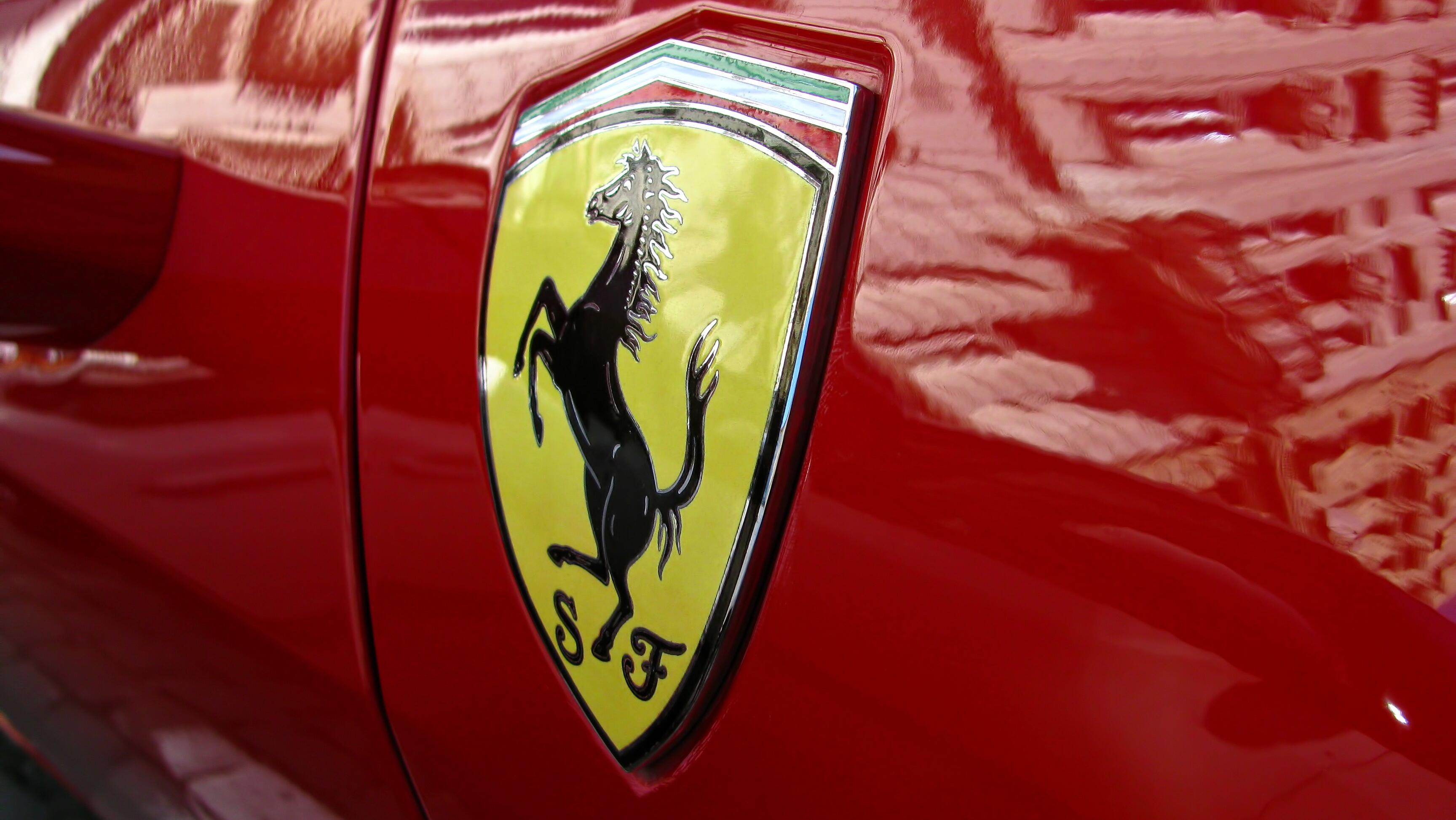Ferrari's share price took a 16% haircut on Wall Street after the Italian luxury carmaker drove in guidance on Thursday that failed to set pulses racing.
The Maranello-based manufacturer upgraded its 2025 net revenue guidance to at least €7.1 billion (A$12.5 billion), up from a previous forecast of more than €7 billion (A$12.4 billion).
For 2030, Ferrari is targeting net revenues of around €9 billion (A$15.9 billion) with earnings before interest, tax, interest, depreciation and amortisation (EBITDA) of at least €3.6 billion (A$6.4 billion).
On paper, the numbers look solid. Ferrari is exceeding its 2026 profitability targets a full year ahead of schedule, planning to increase dividend payouts from 35% to 40% of adjusted net profit.
It is also launching a €3.5 billion (A$6.2 billion) share buyback program from 2026 through to the end of the decade.
But the market was looking for something higher octane.
Analysts at Citi noted that Ferrari's guidance fell below their lower growth case estimates and reflects what they see as conservatism from management.
Concerns were not just about the numbers but what they signal about operating leverage through the coming cycle, with potential risks to both consensus earnings per share and valuation multiples.
Electric blues
The update came alongside Ferrari's recalibration of its slow-moving electric vehicle (EV) strategy.
The company expects its 2030 sports car lineup to comprise 40% internal combustion engines, 40% hybrids and just 20% fully electric vehicles - a substantial retreat from its previous target of 40% EV sales by decade's end.
Ferrari attributed the pivot to a client-centric approach and the current environment, although it is worth noting the company is hardly alone in pumping the brakes on EV ambitions.
Swedish carmaker Volvo abandoned its plan to sell only EVs by 2030 last September, citing the need for pragmatism amid changing market conditions.
Factors ranging from the lack of affordable models to slower charging infrastructure rollouts and intense competition from Chinese manufacturers have forced global carmakers to confront hard truths about the electric transition.
The company will pour ~€4.7 billion (A$8.3 billion) into developing next-generation sports cars and drivetrains between 2026 and 2030, with a significant portion dedicated to its electric powertrain technology.
Yet some analysts remain sceptical about whether this investment alone can justify Ferrari's lofty valuation of around €75-80 billion (A$132-141 billion), particularly given the modest 5% compound annual growth rate projected through the decade.
With a trailing price-to-earnings ratio hovering near 48X and an enterprise value-to-EBITDA multiple around 30X Ferrari's premium reflects sky-high investor expectations.
The supercar producer unveiled the production-ready chassis and powertrain for its first EV, dubbed "elettrica," with deliveries slated for late 2026 and a global premiere expected next year.
Ferrari exec chair John Elkann positioned elletrica as a “commitment to progress by uniting technological discipline, design creativity, and manufacturing craft”.
Contrary to the neigh-sayers
Not everyone is steering clear of Ferrari stock, however.
Analysts at JPMorgan were bullish following the release of Ferrari's 2030 Strategic Plan.
"We have a great deal of confidence in management's ability to execute on its long-term plan given ample evidence that demand currently far outstrips supply," JPMorgan said in a note.
"We also estimate the company benefits from CEO Benedetto Vigna's leadership style, which has challenged the company to capitalise on collaboration to increase the speed at which it embraces innovation.
"An imminent Supercar launch may also have the potential to turbocharge profits."
Ferrari's active client base has grown to 90,000 - a 20% increase compared to 2022, and the company plans to launch an average of four new cars per year up to 2030.
The order book visibility remains strong, and the company is projecting cumulative industrial free cash flow of around €8 billion (A$14.1 billion) over the 2026-2030 period.
